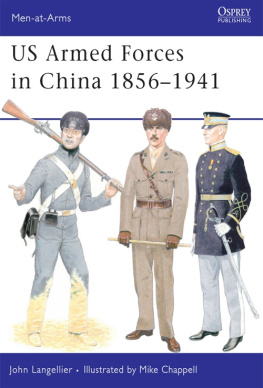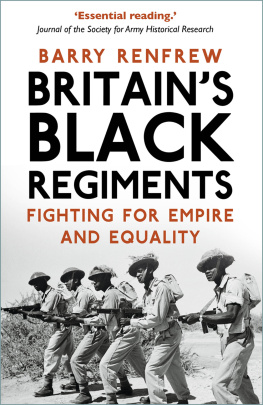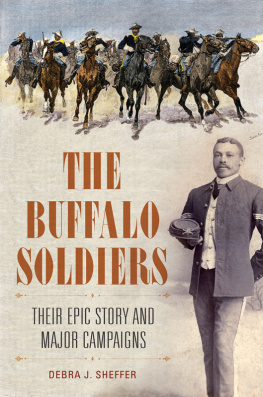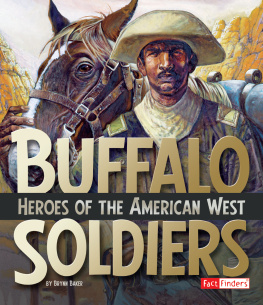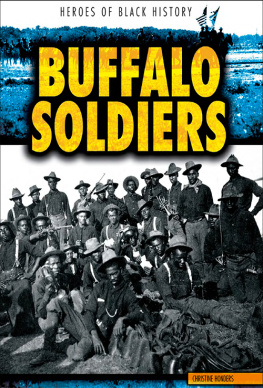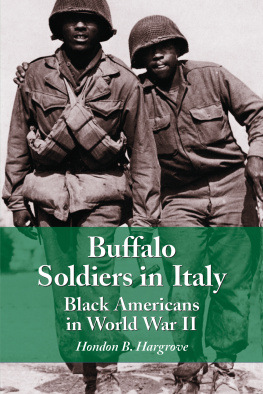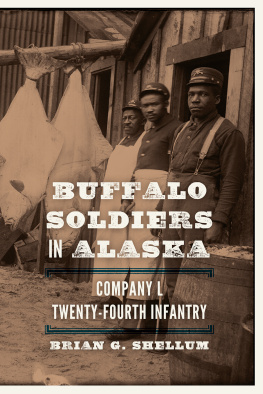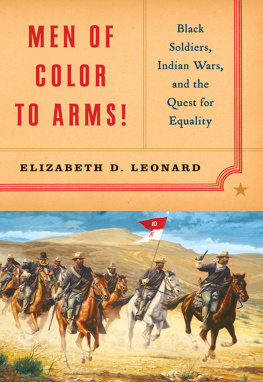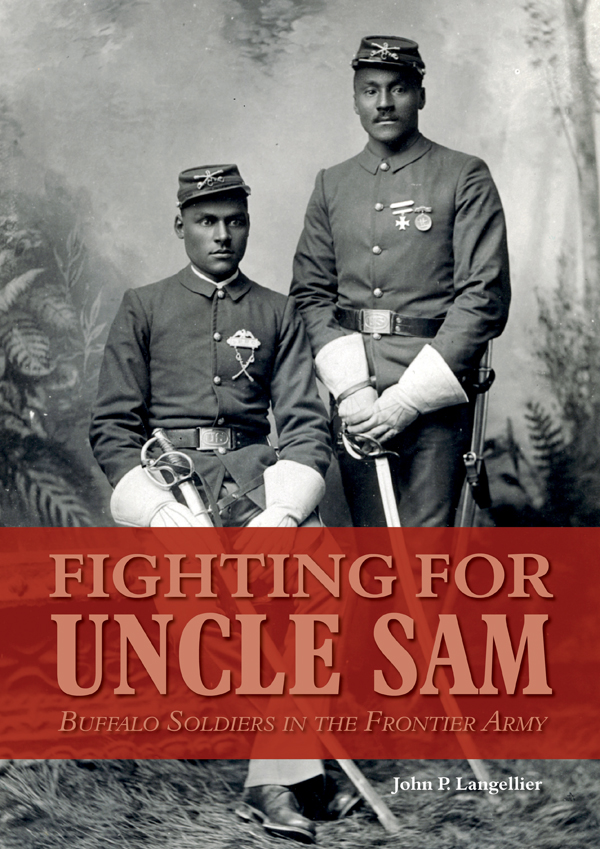Contents
Guide
Pagebreaks of the print version

Copyright 2016 by John P. Langellier
All rights reserved. No part of this publication may be reproduced, distributed, or transmitted in any form or by any means, including photocopying, recording, or other electronic or mechanical methods, without the prior written permission of the publisher, except in the case of brief quotations embodied in critical reviews and certain other noncommercial uses permitted by copyright law.
Schiffer, Schiffer Publishing, Ltd., and the Design of pen and inkwell are registered trademarks of Schiffer Publishing, Ltd.
Published by Schiffer Publishing, Ltd.
4880 Lower Valley Road
Atglen, PA 19310
Phone: (610) 593-1777; Fax: (610) 593-2002
Email: info@schifferbooks.com
ISBN 978-1-5073-0030-5 (EPUB)
Dedicated to Anthony Powell and Frank N. Mickey Schubert
If the muse were mine to tempt it
And my feeble voice were strong.
If my tongue were turned to measures,
I would sing a stirring song.
I would sing a song heroic
Of those noble sons of Ham,
Of the gallant colored soldiers
Who fought for Uncle Sam!
Paul Lawrence Dunbar
The Colored Soldiers
CONTENTS
Buffalo SoldiersWhen Will They Call You a Man? History and Heritage
For Further Reading
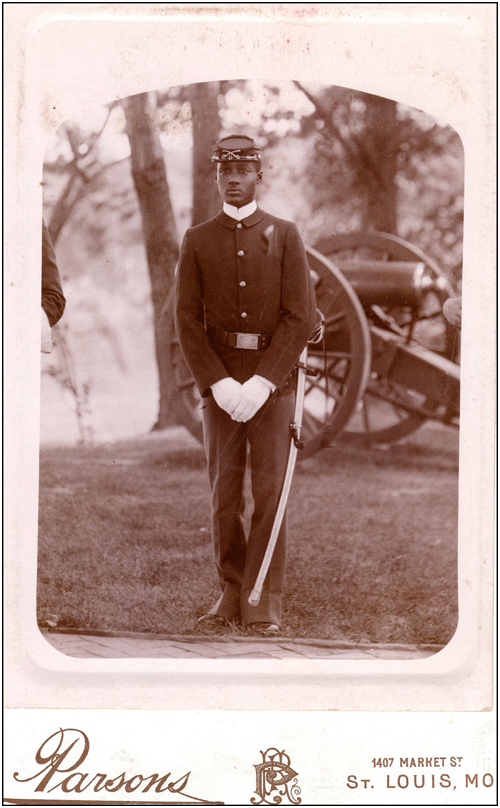
This new cavalry recruit at Jefferson Barracks, Missouri, was ready to head west to see the elephant as one of the thousands of blacks who signed on to serve Uncle Sam on the frontier.George M. Langellier Jr.
FOREWORD
I first met John Langellier almost fifty years ago. I was in Arizona, researching my doctoral dissertation on African Americans who served in the post-Civil War regular armythe buffalo soldiers. John was a teenager who already knew a great deal about that army and those soldiers. He also knew a thing or two about hustling and recognized a mark when he saw one. I ended up buying what he claimed was a genuine troopers overcoatthe kind with the yellow-lined cape that always looked so fine in that trio of John Ford/John Wayne cavalry movies. John got some money and I got a cool look and headed off on an old motorcycle with that cape billowing in the wind. John and I have been on the trail of African American soldiers ever since.
John has an impressive bibliography of books and articles. He swings a wide scholarly rope; subjects he has written about include the many films about George Armstrong Custer, Native American soldiers, illustrated histories of the US Armys combat branches, and a lengthy list of writings on just about every aspect of nineteenth century US military uniforms, arms, and equipment.
There are constants in all of Johns writing: a well organized and informative narrative; the presentation of the best period photographs and illustrations; and captions that are extensions of the main text and often read as mini-essays. Reference citations attest to his thorough research of primary and secondary sources. His familiarity with original military documents is another hallmark of his publications.
Fighting for Uncle Sam: Buffalo Soldiers in the Frontier Army fully meets these high standards. It is an excellent general history of the first generation of African Americans serving in the nations regular army.
PSI still have the coatbut it no longer fits.
Tom Phillips, PhD, co-author with William Dobak of The Black Regulars, 18661898

Map depicting the major locales associated with the United States Army and black troops in the American West, 18661900.Tom Jonas
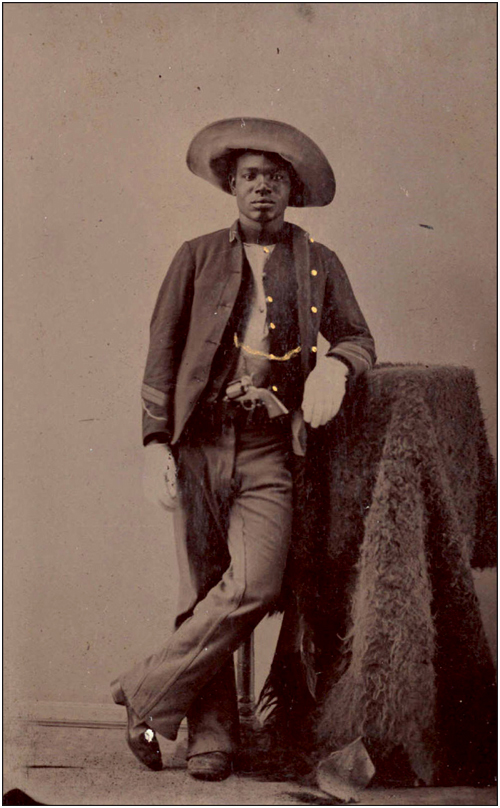
After two tours of enlistmentas indicated by the service stripes on his lower sleevesthis veteran cavalryman replaced the black regulation campaign hat with a more practical wide brimmed, light-colored piece of headgear. His privately purchased headdress may have been influenced by observing local working cowboys and vaqueros of the era who donned similar hats and in some ways characterized black dandyism, as Monica Miller discusses in her studySlaves to FashionAnthony Powell
ACKNOWLEDGMENTS & ABBREVIATIONS
History, despite its wrenching pain, cannot be unlived, however, if faced with courage, need not be lived again.
Maya Angelou
While the further reading section found at the conclusion of this book offers some of the best published works to continue exploration of the black military experience in the American West, the over four decades leading to Fighting for Uncle Sam also drew on numerous primary sources I reviewed in preparing this text and accompanying illustrations. Consequently, I owe a great debt to several individuals and many institutions.
First and foremost I am grateful to Tom Phillips, Anthony Powell, Frank Mickey Schubert, and the late William Leckie for the inspiration they provided and generously sharing information with me. I also wish to thank the Casey Barthelmess family, Rick Collins of the Tucson Presidio Trust, Jerome Greene, Mark Kasal, Tom Jonas, George M. Langellier Jr., the late Herb Peck Jr., and Steve Turner for assistance with this project. In addition, I utilized the resources of the American Heritage Center, Laramie, Wyoming; Arizona Historical Society; Autry Western Heritage Center; Brown University; Denver Public Library; the Fort Huachuca Museumespecially Steve Gregory; Fort Sill Museum; Frontier Army Museum, Fort Leavenworth; Kansas State Historical Society; Moorland-Springarn Research Center, Howard University; Institute of Texan Cultures, San Antonio; Library of Congress (LC); Montana Historical Society; National Archives and Records Administration (NARA); National Park Service; Nebraska State Historical Society; New Mexico Historical Society; Sharlot Hall Museum; Armed Forces History Division, National Museum of American History, Smithsonian Institution; Southern Methodist University; United States Military Academy Library; United States Army Military History Institute; University of Arizona Library Special Collections; University of California Los Angeles Library Digital Collections; University of Montana Mansfield Library; Western Collections, University of Oklahoma Library ; University of Vermont; and the Wyoming Historical Society.
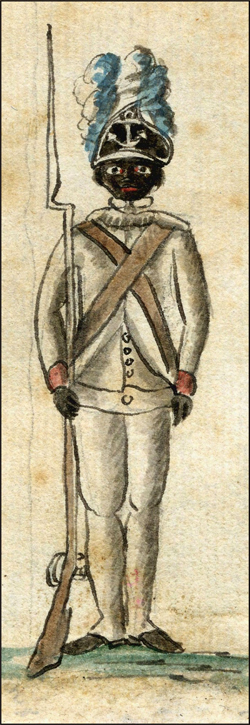
During the Revolutionary War, blacks served with both the colonial forces and the British. One of the units fighting for the cause of independence was the First Rhode Island Infantry Regiment, which when first organized included thirty-five freemen and ninety-five men who had been enslaved. Some of these stalwart black patriots served at Yorktown, where French Sublieutenant Jean-Baptiste Antoine de Verger sketched one of these black patriots along with other American troops at that key battle.


